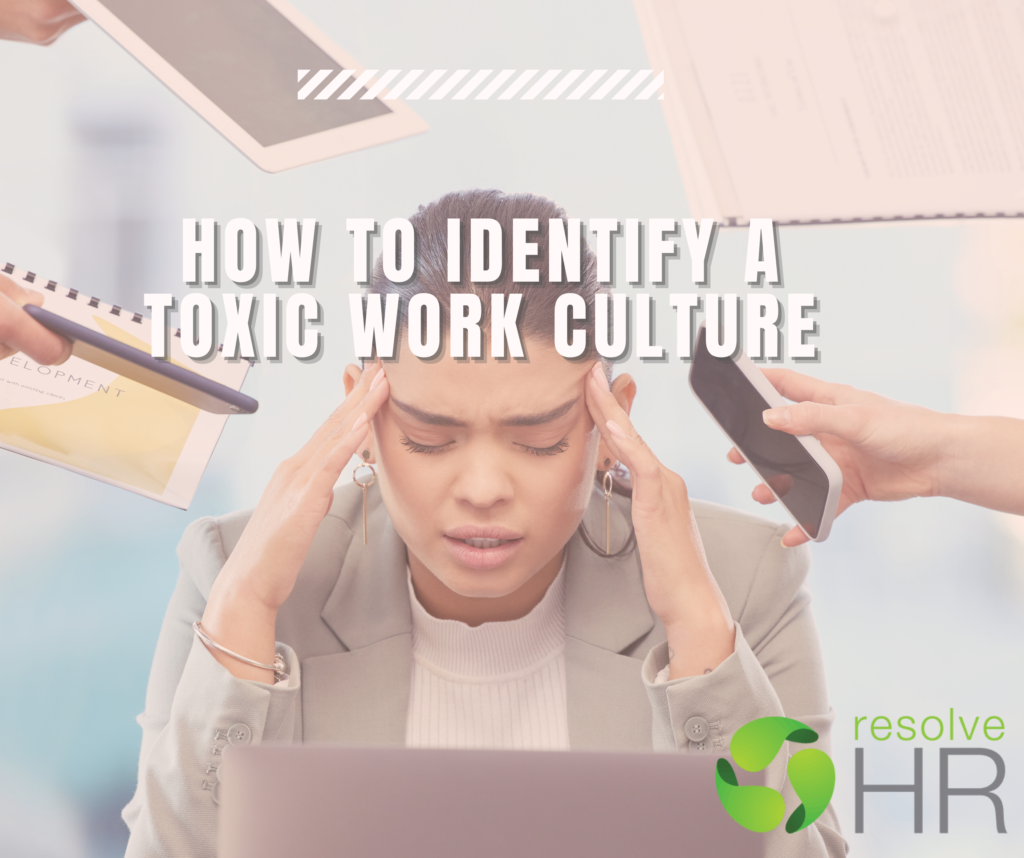
It is no secret that workplaces need an inclusive, people-centric culture to thrive. This begs the question; why do toxic work cultures still exist, and more importantly, what can we do to fix it?
Toxic workplace culture remains one of the key reasons that high performers leave their jobs and, in most cases, will have a negative flow through to the bottom line. So, what does a toxic culture look like?
Micromanagement and a lack of delegation
Managers who micro-manage their employees and struggle to delegate are usually responsible for fostering a toxic work culture. Workplaces that are heavily reliant on the “hierarchy”, and delegation of authority that is determined by position title creates a stifling environment for employees. In these workplaces, employees feel they can’t be innovative or creative, or put new ideas forward. This ultimately leads to a lack of engagement and may result in employees leaving the organisation.
Slow decision making
For an organisation to be successful, decisions must be made in a timely manner. Like the above example, if every decision requires a meeting, or decisions need to be escalated through multiple hierarchical layers, it is clear your employees lack autonomy which can be a source of frustration and disengagement. Slow (or no) decision making impacts customers too, as unaddressed issues may cause customers to seek the service you provide elsewhere.
“Us versus them” language
A subtle indicator of a toxic work culture is “us versus them” language. For example; a line supervisor says at a daily team meeting “management have issued this new directive” or “this decision has been made by the Board”. This type of language separates management from employees and creates a lack of buy-in to new decisions or changes. If employees are empowered to perform their roles in line with their strengths, make decisions, and contribute to the team, the language will quickly shift to “we” instead of “them”.
Poor productivity measures
Managers who clock-watch and reward employees for working long hours is another clear sign of a toxic work culture. It is easy to measure time, however it takes a strong leader to set clear expectations, communicate those expectations effectively, and measure progress in a clear and consistent way.
Staff turnover
According to a Forbes article published in May 2022, a toxic company culture is the number one reason why employees want to quit their jobs (62% either wanted to leave or actually left)1. If your staff turnover is on the rise, this may be a clear indicator of a toxic work culture. High levels of staff turnover are both expensive and disruptive to the business and should seek to be addressed as soon as a negative trend emerges.
A declining bottom line
A lack of innovation and new ideas, slow (or no) decision making, poor productivity measures, and high staff turnover all have a direct impact on an organisation’s bottom line. If you notice profits are declining, it is worth asking whether your work culture may be to blame.
These aren’t the only exclusive signs of a toxic work culture – if you google the term, you will find a multitude of articles on the subject. If you suspect that your work culture needs some TLC, reach out and we’d be happy to chat through some strategies to address it.
Nick Hedges is the founder of Resolve HR, a Sydney-based HR consultancy specialising in providing workplace advice to managers and business owners. He recently published his first book, “Is Your Team Failing Or Kicking Goals – Take Control of Your People and Their Performance”. It is a practical response to the most pressing HR challenges facing SME organisations, which can be found at https://resolvehr.com.au/.
Disclaimer: The contents do not constitute legal advice and does not cater for individual circumstances. The information contained herein is not intended to be a substitute for advice and should not be relied upon as such.
1 Reference: Robinson, B. (2022) Discover The Top 5 Reasons Workers Want To Quit Their Jobs. Available at: https://www.forbes.com/sites/bryanrobinson/2022/05/03/discover-the-top-5-reasons-workers-want-to-quit-their-jobs/?sh=611beaef5d46 (Accessed: 21 June 2022)
